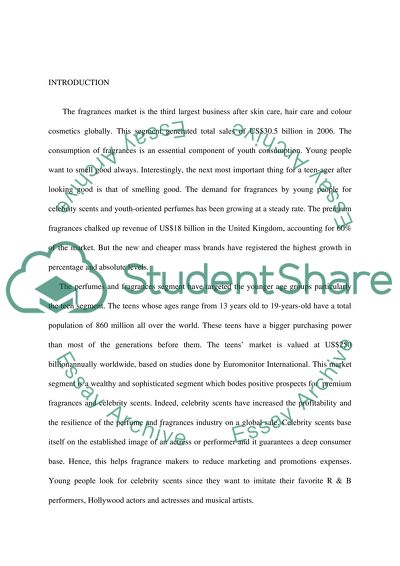Cite this document
(“Youth Consumption and Fragrances Essay Example | Topics and Well Written Essays - 2500 words - 1”, n.d.)
Retrieved from https://studentshare.org/marketing/1523538-consumer-behaviour
Retrieved from https://studentshare.org/marketing/1523538-consumer-behaviour
(Youth Consumption and Fragrances Essay Example | Topics and Well Written Essays - 2500 Words - 1)
https://studentshare.org/marketing/1523538-consumer-behaviour.
https://studentshare.org/marketing/1523538-consumer-behaviour.
“Youth Consumption and Fragrances Essay Example | Topics and Well Written Essays - 2500 Words - 1”, n.d. https://studentshare.org/marketing/1523538-consumer-behaviour.


